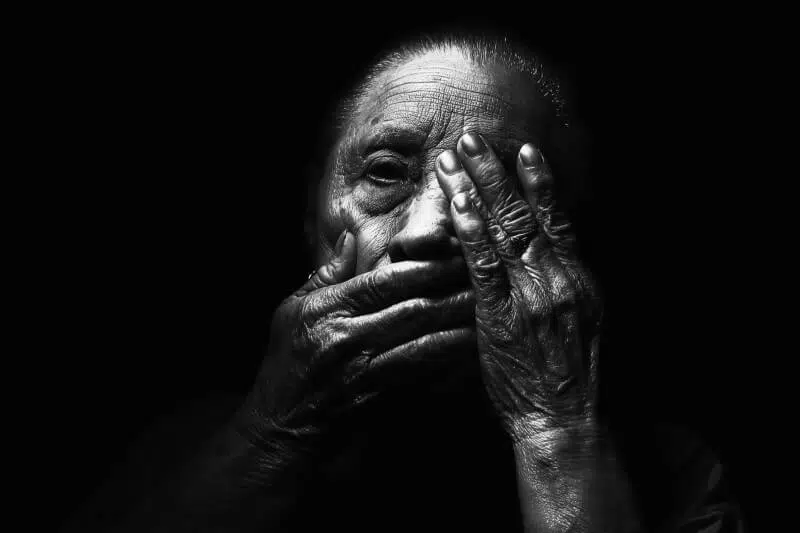Bullying – which is defined as unwanted and aggressive behavior among school-aged kids – is a global problem. According to research, around ⅓ of young teens experience bullying worldwide. Overall, boys are at a slightly higher risk, but in places with the highest incidents of bullying, girls were the victims. There are negative consequences for both the bullied and the bullies. Bullied young people experience depression, anxiety, and other health issues. They’re also more likely to skip classes or drop out of school completely. Kids who bully others are more likely to abuse alcohol as adults, drop out of school, and engage in criminal activity. Even the kids who just observe bullying can suffer mental health issues. How can we prevent bullying?
Know how to identify bullying
To prevent bullying, the first step is understanding what it looks like. Bullying must be aggressive, repetitious, and involve an imbalance of power. This is important because if two kids who usually get along have an argument or fight, it doesn’t mean one is bullying the other. There are also certain phases in a kid’s development when they reorganize their friendships. This can cause conflict and hurt feelings, but it doesn’t necessarily mean bullying is occurring. Bullying must involve aggressive behavior and power. That includes physical attacks, making threats, spreading rumors, and/or purposeful exclusion. It can happen in person and online. What does a power imbalance look like? It can mean superior physical strength, popularity, or access to private information.
Understand the root causes of bullying
Why do kids bully each other? Understanding the variety of reasons allows adults to address them. One reason is discrimination and intolerance. When kids encounter differences, they may respond negatively. In certain environments, these differences might be social or racial. When there’s more uniformity, kids can get picked on because of differences in their abilities, appearance, academics, and more. Bullying is also linked to sibling rivalries at home (a child who is angry with their sibling takes out their rage on someone at school) and low self-worth. Children raised in narrow-minded, critical environments can also become bullies as a result of imitating their guardians’ behavior.
Check in with kids frequently
To address bullying, communication is essential. Check in with kids frequently and ask about their friends, school, and their feelings. Depending on their age and personality, a young person might be reluctant to open up about bullying. This could be due to shame or fear of retaliation. If the child is the one doing the bullying, they certainly won’t admit it. Often, a child may not be sure what bullying looks like. It’s up to adults to encourage conversation. If you notice a change in your child, talk to them.
Educate teachers on how to handle bullying
While bullying happens between young people, handling it is an adult’s responsibility. Many don’t know what to do. Teachers often don’t witness bullying, and according to student reports, they often don’t help when a child approaches them. In some cases, teachers might even fail to show empathy to bullied children, contributing further harm. This isn’t always intentional. Teachers are not always given clear guidance on how to handle bullying. Offering emotional support to students is the best place to start. A study of 35 first-grade teachers showed that when teachers created emotionally-supportive environments, bullying incidents went down. Kids were less aggressive and had better self-control. With emotional support, the kids who were more vulnerable to bullying also benefited.
Take an online course on making school human rights friendly
Educate guardians on how to handle bullying
Guardians must also play a role in bully management. If your child is the victim, it’s important to contact the school right away. You should not communicate directly with the bully’s family since their home circumstances are unknown. Knowing who to contact and how to approach the problem is important. It’s common (and natural) for guardians to react emotionally when they learn their child is being bullied, but it’s important to remain calm and try to work with the school. Ideally, the school will take appropriate actions to stop the bullying. Continue communicating with your child to see if the bullying has stopped. If it hasn’t, it’s time for another conversation with the school.
If your child is bullying other students, the first step is to try to identify why. It may be that your child is also being bullied and taking their stress out on others. Talk to them about their friends, their academic performance, and other areas of their life to see where they might be experiencing stress. Depending on the circumstances, getting your child professional help could be beneficial. It’s challenging to be the guardian of a child who bullies others, but acknowledging the bullying is the first step to stopping it. If it’s ignored, the child will likely suffer negative consequences later in life.











